You’d never shrug off a giant hole in the middle of your living room floor (“We’ll just avoid it”) or a couple of missing stairs (“We’ll just skip those ones”).
But how often do you think about the structural integrity elements of your home that you can’t see?
You might be surprised that little pieces of metal as small as the palm of your hand are doing the very important job of keeping you and your family safe.
Simpson Strong-Tie structural connectors are the metal parts and hardware that connect and support the frame of your home. They work hard to keep your home standing tall during a natural disaster, like an earthquake or a hurricane. They may be small, but they are fiercely protective of you and your family.
There are likely these five different structural connectors in your home right now:
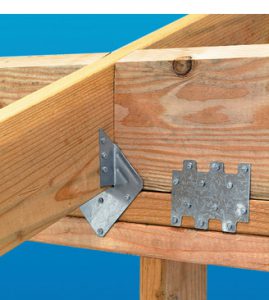
1. Rafter ties (sometimes called “hurricane ties”) connect the rafters and trusses of your roof to the wood top plates of the wall.
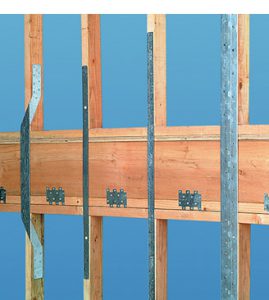
2. Strap ties literally tie your home’s top storey to the bottom storey to keep them from pulling apart.
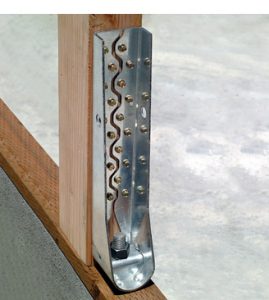
3. Hold-downs connect the ends of the wall studs in a shear wall to either the wood framing below or the concrete anchorage below.
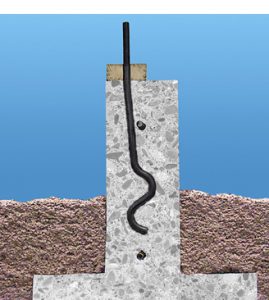
4. Anchor bolts or mudsill anchors secure the wood sill plate to the foundation.
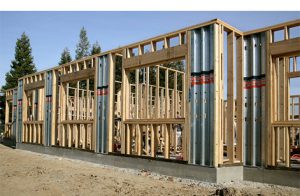
5. Shear walls are the strong, reinforced walls that help to resist the earthquake or wind forces on your home. They help to prevent your home from collapsing under those conditions.
When all of these structural connectors are used together, they form a continuous load path that keeps your home as sturdy and strong as possible.
They work like links in a chain to keep your whole house tied together, from the foundation to the roof, so it doesn’t separate. It might sound impossible that your house could be torn about like a cardboard dollhouse, but that’s exactly what can happen during an earthquake, tornado or severe hurricane.
By now you might be wondering if your home was built with a continuous load path. Unfortunately, the answer isn’t always clear.
First you need to consider the year your home was built. If it was constructed before 1985, it likely does not have a continuous load path. It also depends on where your home is located, as not all areas follow national building code standards.
We recommend bringing in a certified contractor or a structural engineer to determine if your home has a continuous load path. If it doesn’t, they can advise you on how to implement Simpson Strong-Tie structural connectors.
If you’re building a new home, you’re in luck, it’s the best possible scenario for ensuring your home will be structurally sound. Have a conversation with your home-builder about structural integrity and make sure they can answer all of the following questions with a resounding “Yes!”
- Is my home built with a continuous load path?
- Is my roof secured properly?
- Is my roof connected to the top story (floor) of my house?
- Are the walls on each storey (floor) of my house properly connected to each other? Are there enough shear walls or braced walls on each story (floor)?
- Is the bottom story/floor of my house properly bolted to the foundation?
With a bit of homework and the right questions, you can feel confident you’re living in a structurally sound home backed up by the strength and protection of Simpson Strong-Tie.
For additional information on how to protect your home, click on the Simpson Strong-Tie link:




